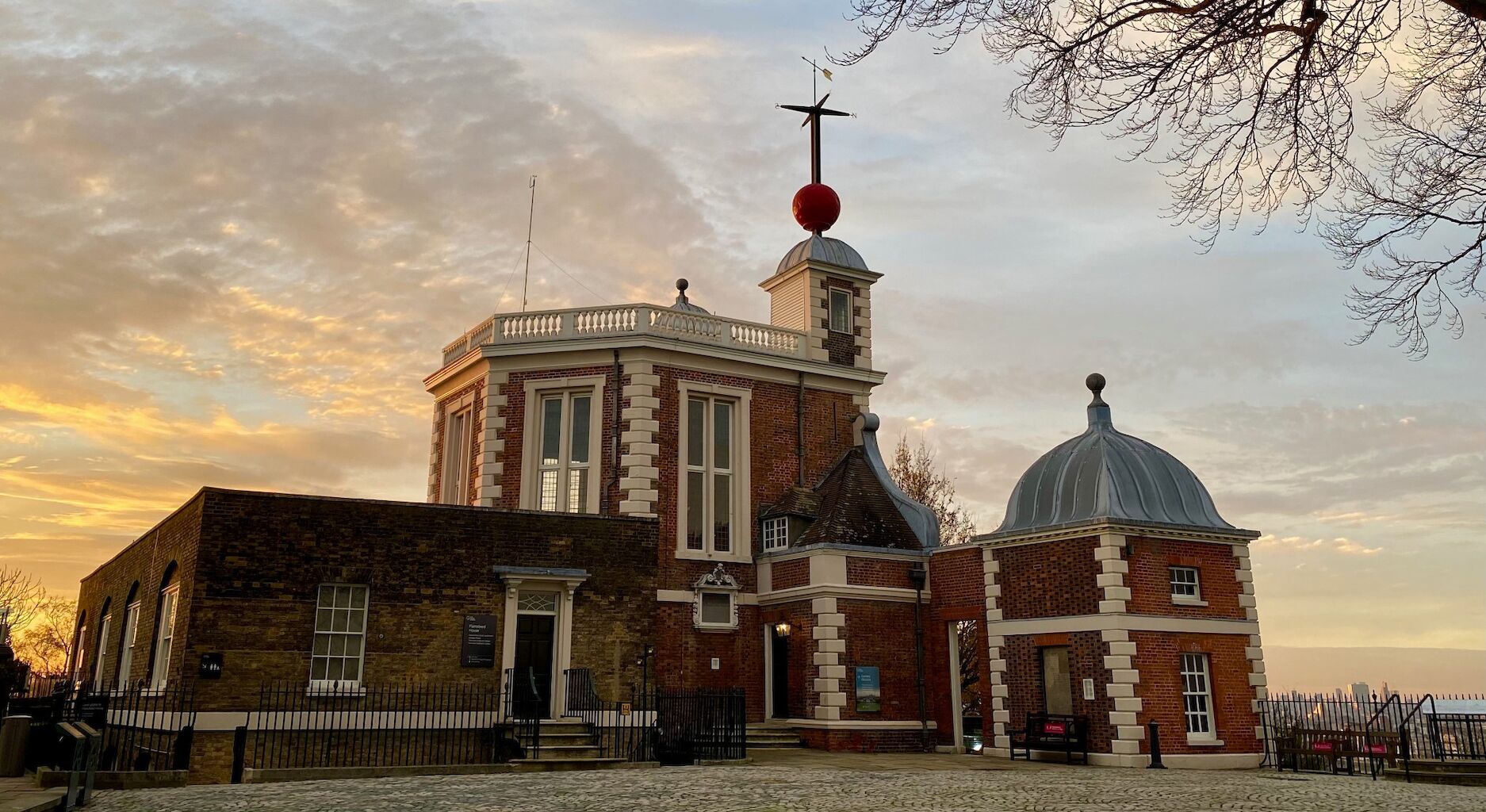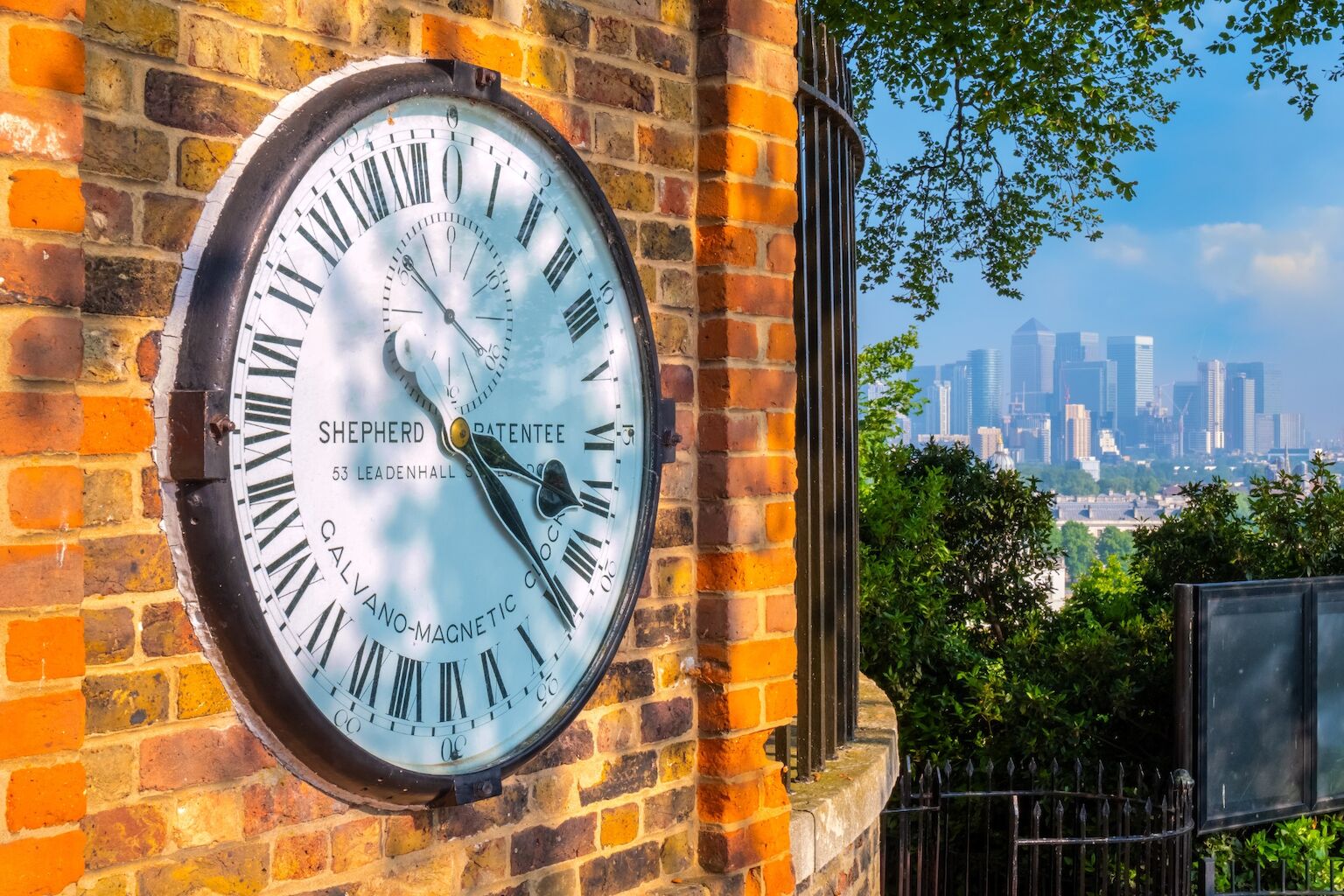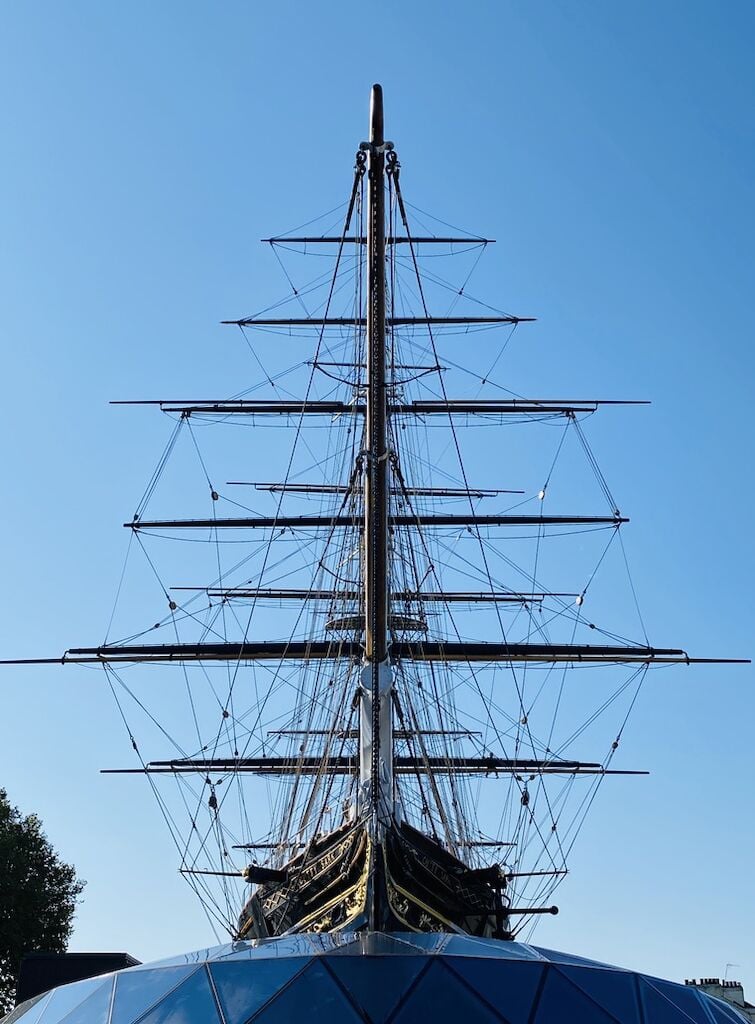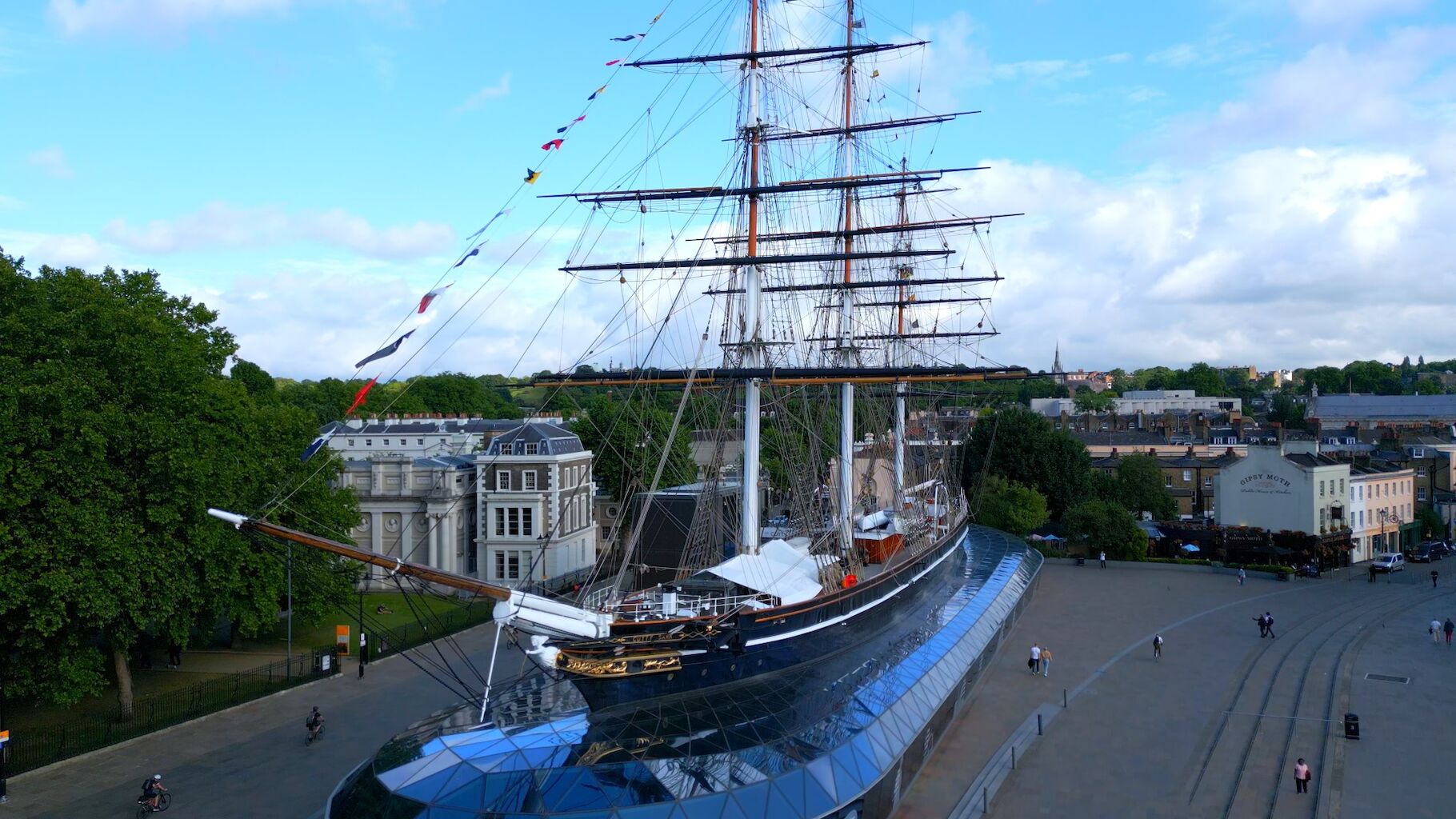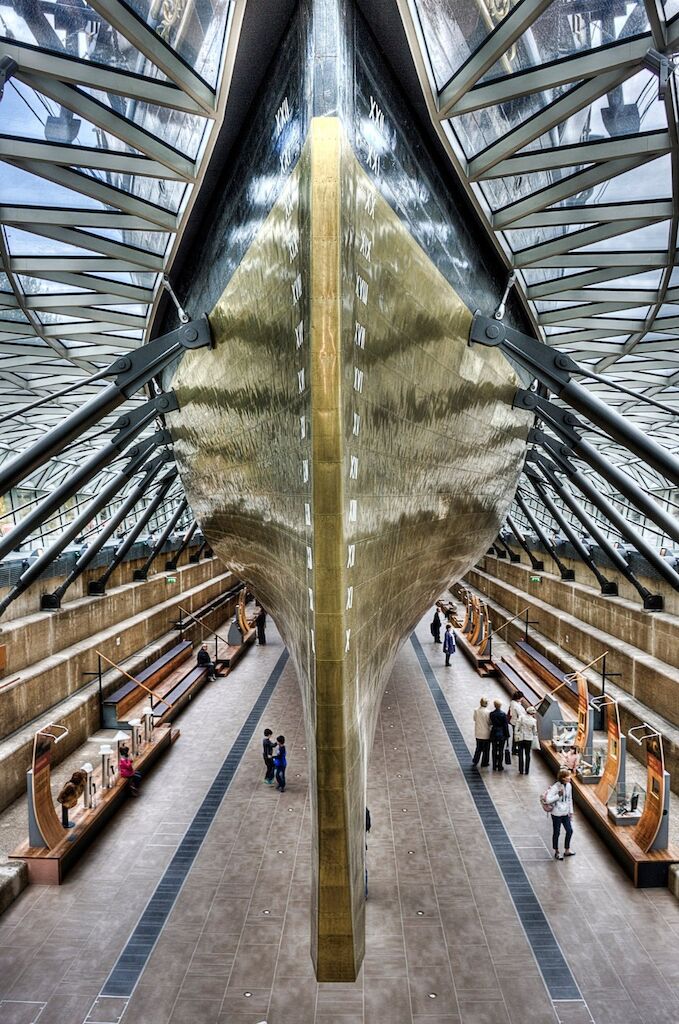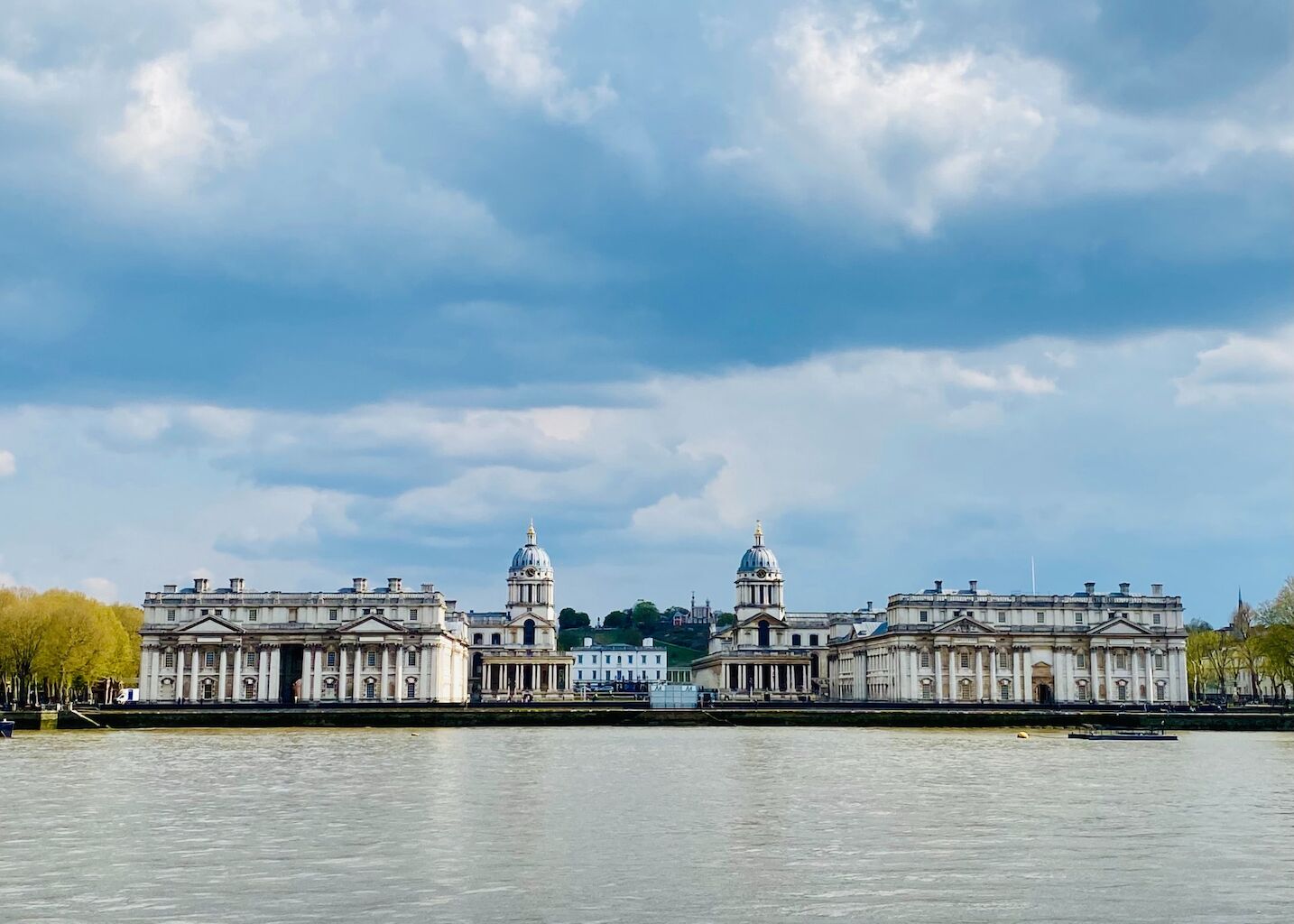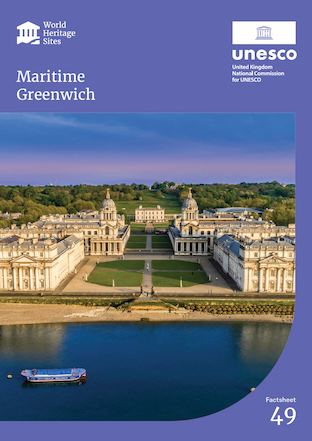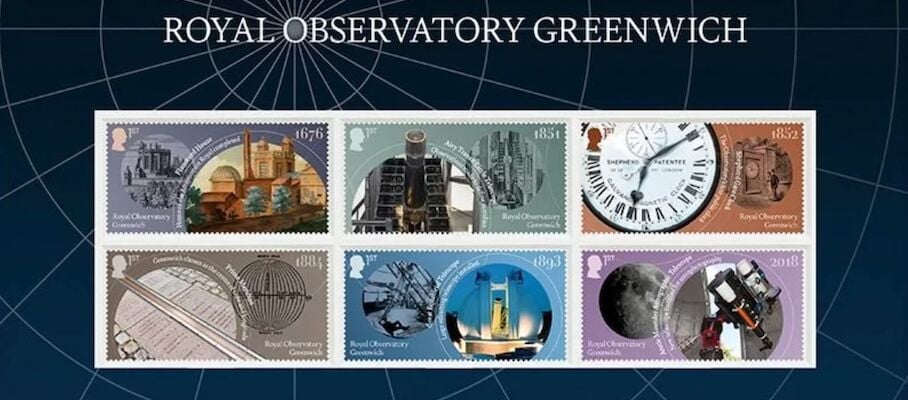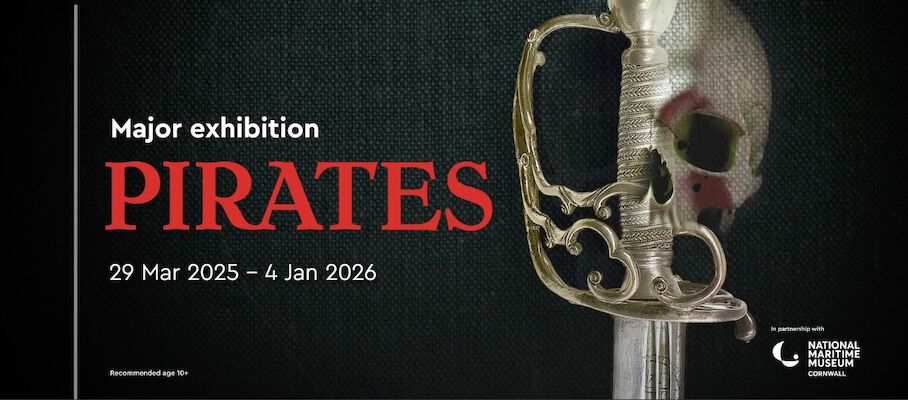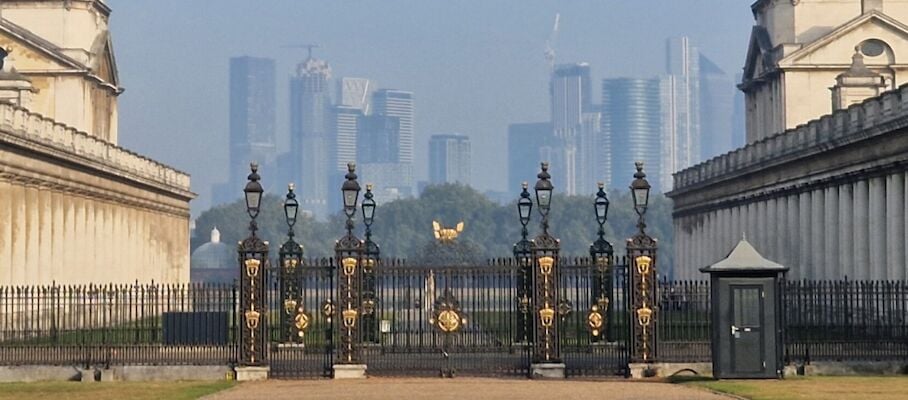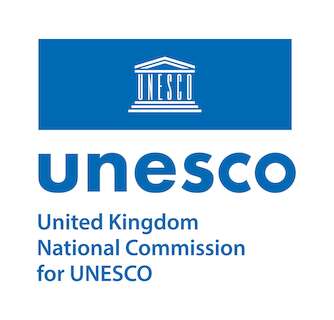Maritime Greenwich
Situated within central Greenwich and Greenwich Park, and adjoining the river Thames in east London, the Maritime Greenwich World Heritage Site includes a number of historic buildings representing its maritime importance. The unique architecture, designed landscape, and association with the British monarchy over the centuries are just some of the features which make Maritime Greenwich a unique and significant place.
What makes this UNESCO Designation special?
Inscribed by UNESCO as a World Heritage Site in 1997, the importance of Maritime Greenwich lies in its royal origins, especially under the British Tudor and Stuart dynasties, and its development from the 17th century as a site of astronomical research related to navigation, and of Royal Naval welfare and education.
In a Royal Park setting, its ensemble of buildings including the Queen’s House, the Royal Observatory and the Royal Hospital for Seamen (today the Old Royal Naval College), symbolise English artistic and scientific endeavour in the 17th and 18th centuries, epitomising the work of architects Inigo Jones (1573–1652), Sir Christopher Wren (1632-1723) and the landscape designer André Le Nôtre (1613–1700).
Maritime Greenwich is part of the wider borough of Royal Greenwich on the banks of the Thames and, in addition to the buildings noted above, encompasses Royal Museums Greenwich and the late-Georgian town centre of old Greenwich, including the historic parish church of St Alfege and Greenwich Pier. The boundary encloses all the attributes that convey the Outstanding Universal Value of the World Heritage Site.
The immediate setting of the Site is defined by a buffer zone which crosses the river towards the modern towers of London Docklands and extends the Greenwich ‘Grand Axis’ over 1 km south of Greenwich Park to the spire of All Saints Church in Blackheath.

